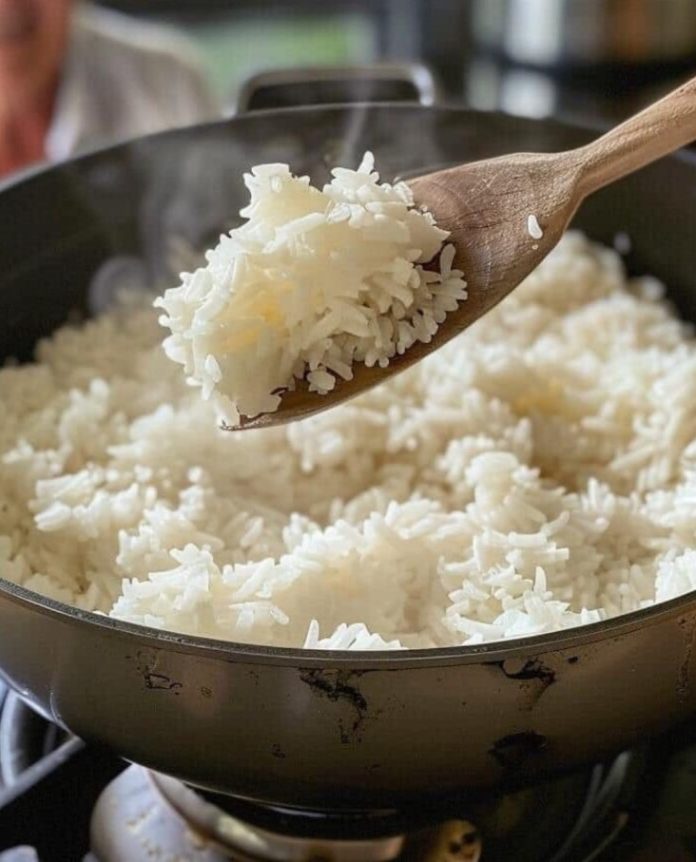Cooking rice might seem like a simple task, but many home cooks fall into common pitfalls that can lead to disappointing results. Whether it’s undercooked, overcooked, or simply lacking flavor, the journey to achieving the perfect pot of rice can be fraught with errors.
In this guide, we’ll explore the typical mistakes made while cooking rice and provide you with tips to ensure your rice comes out fluffy, flavorful, and absolutely delicious every time.
Understanding Rice Varieties
Before diving into the cooking process, it’s essential to understand the various types of rice available. Each variety has its own unique characteristics, which can influence how it should be cooked.
- Long Grain Rice: Varieties like basmati and jasmine are known for their fluffy texture and distinct aroma. They remain separate when cooked.
- Medium Grain Rice: This type is slightly stickier than long grain and is perfect for dishes like risotto or paella.
- Short Grain Rice: Often used in sushi, this rice is stickier and clumps together, making it ideal for certain Asian dishes.
Choosing the right rice for your dish is the first step towards success.
Common Mistakes and How to Avoid Them
- Skipping the Rinsing Step One of the most common mistakes is skipping the rinsing of rice before cooking. Rinsing removes excess starch, which can make your rice gummy. Always rinse your rice under cold water until the water runs clear. This simple step will ensure a fluffy texture.
- Incorrect Water Ratio Each type of rice requires a different water-to-rice ratio. A general rule of thumb is:
- Long Grain: 1 cup of rice to 2 cups of water
- Medium Grain: 1 cup of rice to 1.5 cups of water
- Short Grain: 1 cup of rice to 1 cup of water
- Overcooking or Undercooking Cooking time varies between rice types and cooking methods. For most white rice, bring the water to a boil, then reduce the heat, cover, and simmer for about 15-20 minutes. For brown rice, it may take 40-50 minutes. Always check the instructions on your rice package for precise timings.
- Lifting the Lid Too Often It’s tempting to lift the lid to check on your rice, but doing so releases steam, which is crucial for even cooking. Keep the lid on during the cooking process and resist the urge to peek.
- Not Letting It Rest Once your rice is cooked, don’t serve it immediately. Let it rest off the heat for about 5-10 minutes. This resting period allows the moisture to redistribute, resulting in a better texture.
Flavoring Your Rice
Rice doesn’t have to be bland! Elevate its flavor by incorporating various cooking techniques:
- Broth Instead of Water: Use vegetable, chicken, or beef broth in place of water for an instant flavor boost.
- Add Aromatics: Sauté onions or garlic in the pot before adding rice and water for a depth of flavor.
- Herbs and Spices: Consider adding bay leaves, cumin, or saffron to infuse your rice with unique tastes.
Creative Rice Dishes
Once you’ve mastered the basics of cooking rice, you can experiment with a variety of dishes:
- Fried Rice: Use leftover rice to whip up a quick fried rice with vegetables, soy sauce, and your choice of protein.
- Risotto: Transform Arborio rice into a creamy risotto with broth, Parmesan, and seasonal vegetables.
- Rice Salads: Create refreshing salads by combining cooled rice with chopped vegetables, herbs, and a zesty dressing.
Conclusion :
Cooking rice may appear straightforward, but avoiding these typical mistakes can significantly elevate your culinary skills and transform your dining experience. By understanding the nuances of different rice varieties, you can choose the best type for your dish, ensuring optimal texture and flavor. Remember, the path to perfectly cooked rice begins with careful preparation—rinsing to remove excess starch, measuring water accurately, and timing your cooking just right.
Incorporating flavorful elements like broth, herbs, and aromatics can turn a simple bowl of rice into a star ingredient in your meals. From savory fried rice to creamy risottos, the versatility of rice allows you to explore a wide array of cuisines and recipes. Experimenting with different cooking methods and flavor combinations can open up new culinary horizons, making your meals more exciting and enjoyable.
Moreover, mastering the art of cooking rice can instill confidence in your cooking abilities. You’ll find that perfect rice can complement a variety of dishes, from hearty stews to light salads, serving as a comforting base that enhances flavors. Whether you’re preparing a weeknight dinner or hosting a special gathering, knowing how to cook rice flawlessly will impress your family and friends.
As you embrace these tips and techniques, remember that practice makes perfect. Don’t be afraid to make mistakes; they are a valuable part of the learning process. With time, you’ll develop your own style and preferences, discovering what works best for you. So, gather your ingredients, put on your chef’s hat, and embark on your rice-cooking journey with enthusiasm. Perfectly cooked rice is not just a side dish—it’s an essential skill that can elevate any meal to new heights. Enjoy the process and the delicious results!
Source of the picture : Barbara O’Neill










